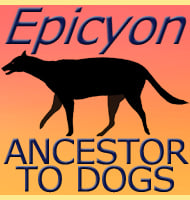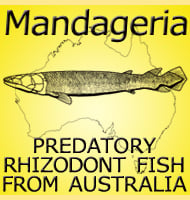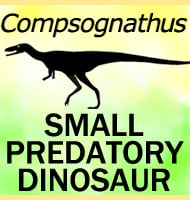In Depth
Whereas its relative Hipparion spread across North America, Eurasia and Africa, Neohipparion is so far only known from North America, from Southern Canada to across most of the United States and Mexico. Neohipparion appeared on the North American landscape at a time when grassy plains were replacing forests as the dominant habitats, a change that was driving horses towards having longer legs that allowed for more efficient running. This need to run is easy enough explained by the emergence of new predators in the Miocene such as bear dogs like Amphicyon that were capable of giving chase to animals such as primitive horses like Hipparion. When the bear dogs declined towards the end of the Miocene, newer forms such as Epicyon took over from them. These predators could more easily run after horses wearing them down, however the false sabre-toothed cat Barbourofelis would have also been a serious danger to horses like Neohipparion if it were able to grab hold of one.
Further Reading
– The fresh-water Tertiary of northwestern Texas : American Museum expeditions of 1899-1901. – Bulletin of the American Museum of Natural History 19(26):617-635. – J. W. Gidley – 1903.









